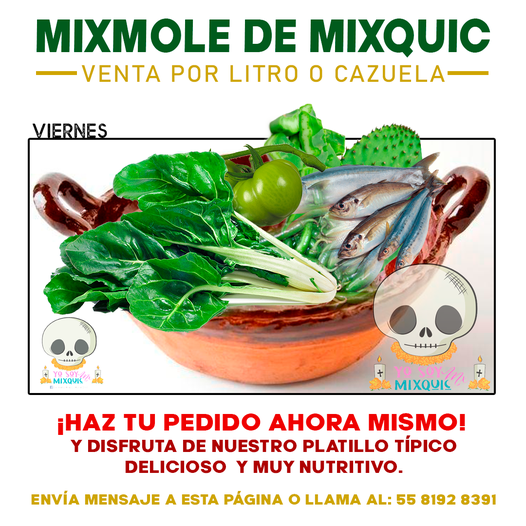
Quelite : Mafafa : Eating the Taro stem
I have briefly written of this plant (or one of its ilk). See my previous Post Quelite : Mafafa. It is important you check the WARNINGS in this Post as all varieties of this plant contain highly irritant calcium oxalate crystals which need to be removed (by cooking) before the plant can be safely consumed. A couple of months ago I noted an African person … Continue reading Quelite : Mafafa : Eating the Taro stem









